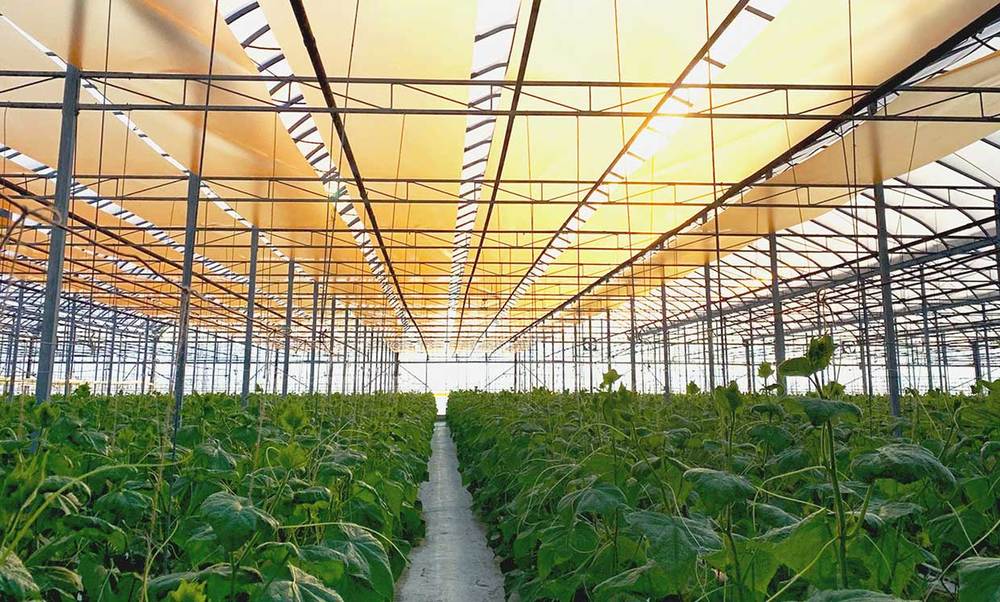In the consumer electronics industry, quantum dots are used to dramatically improve color reproduction in TV displays. That’s because LCD TV displays, the kind in most of our living rooms, require a backlight. This light is typically made up of white, or white-ish LEDs. The LCD filters the white light into red, green, and blue pixels; their combinations create the colors that appear on the screen.
Before quantum dots, filtering meant that much of the light didn’t make it to the screen. Putting a layer of quantum dots between the LEDs and the LCD, however, changes that equation. QD TVs use blue LEDs as the light source, then take advantage of the quantum effect to shift some of that light to tightly constrained red and green wavelengths. Because only this purified light reaches the filters—instead of the full spectrum that makes up white light—far less is blocked and wasted.
It turns out that this same approach to making your TV picture better can make plants grow faster, because plants, like LCD filters, are tuned to certain colors of light.
